Home>Renovation & DIY>Tools & Equipment>How To Use A Dewalt Drill As A Screwdriver
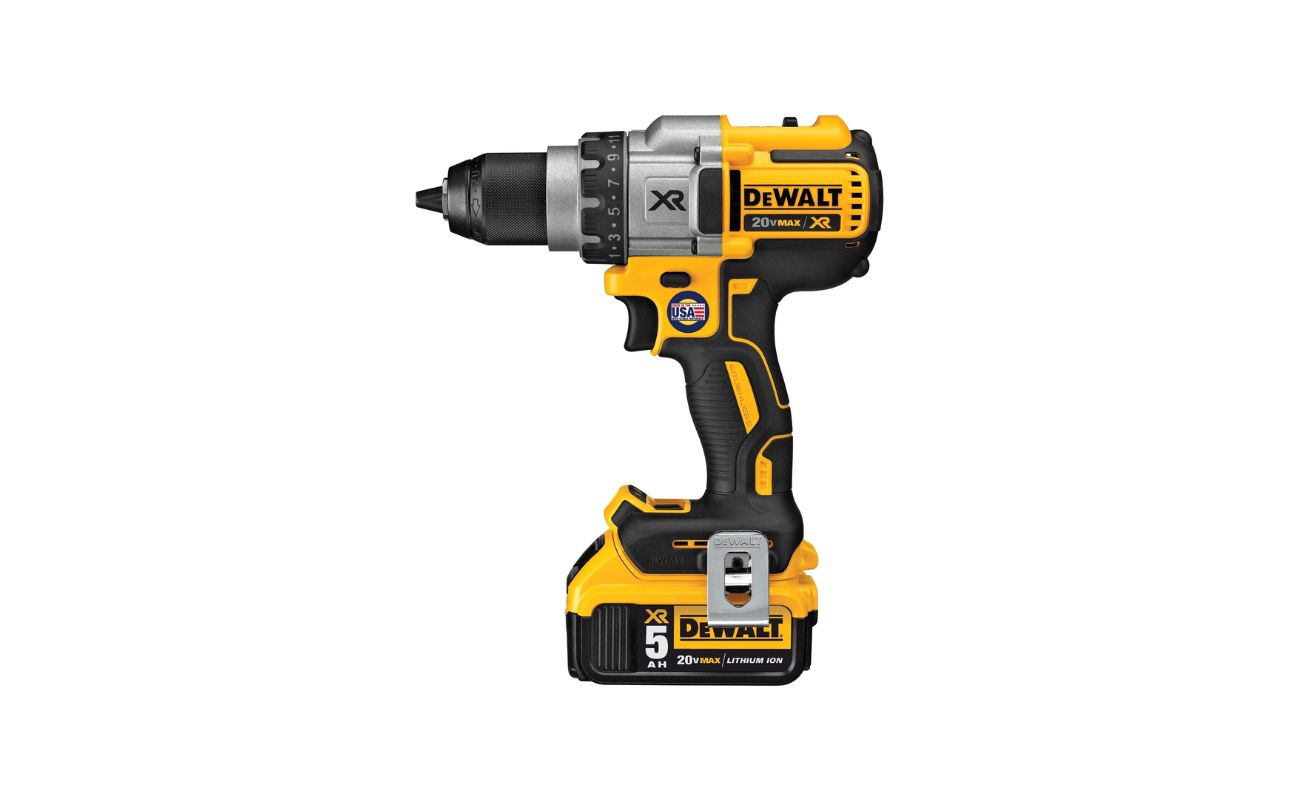

Tools & Equipment
How To Use A Dewalt Drill As A Screwdriver
Published: December 19, 2023
Learn how to effectively use a Dewalt drill as a screwdriver and optimize your tools and equipment for efficient DIY projects. Discover the best techniques and tips for seamless transitions between drilling and screwdriving.
(Many of the links in this article redirect to a specific reviewed product. Your purchase of these products through affiliate links helps to generate commission for Storables.com, at no extra cost. Learn more)
Introduction
Dewalt drills are renowned for their exceptional performance and versatility in various applications. While these power tools are commonly used for drilling holes and driving screws, many people may not realize that they can also serve as effective screwdrivers. In this article, we will explore the unique features of Dewalt drills that make them suitable for use as screwdrivers and provide valuable insights on how to maximize their functionality in this capacity.
Understanding the nuances of your Dewalt drill is crucial for leveraging its capabilities to their fullest extent. By delving into the intricacies of these power tools, you can harness their potential for a wide range of tasks, including using them as efficient screwdrivers. Let's embark on a journey to uncover the multifaceted nature of Dewalt drills and learn how to seamlessly transition them into reliable screwdriving instruments.
Key Takeaways:
- Transform your Dewalt drill into a powerful screwdriver by understanding its chuck, torque settings, and speed control. Maximize efficiency and precision for diverse screwdriving tasks with ease.
- Elevate your screwdriving experience with Dewalt drills by choosing the right bit, adjusting torque settings, and maintaining control and precision. Embrace versatility and unleash the potential of this exceptional power tool.
Read more: How To Use A Drill As A Screwdriver
Understanding Your Dewalt Drill
Before utilizing your Dewalt drill as a screwdriver, it’s essential to comprehend its key components and functionalities. Dewalt drills are equipped with a chuck, which is the part that holds the drill or screwdriver bit in place. The chuck on Dewalt drills is designed to accommodate a wide array of bits, including those tailored for driving screws. This versatile feature allows for seamless transitions between drilling and screwdriving tasks.
Furthermore, Dewalt drills are often outfitted with adjustable torque settings, enabling users to fine-tune the amount of rotational force applied when driving screws. This level of precision is invaluable, as it helps prevent over-tightening or stripping of screws, ensuring optimal fastening without causing damage to the workpiece.
Another crucial aspect to consider is the speed settings of your Dewalt drill. Most models offer variable speed control, allowing for adjustments based on the specific requirements of the task at hand. When using the drill as a screwdriver, lower speed settings are typically preferred, as they provide better control and reduce the likelihood of damaging the screw or the material being worked on.
Additionally, understanding the ergonomics and grip of your Dewalt drill is vital for achieving optimal results when using it as a screwdriver. Dewalt drills are engineered with user comfort in mind, featuring ergonomic designs and intuitive grips that facilitate prolonged use with minimal strain or fatigue.
By familiarizing yourself with these fundamental aspects of your Dewalt drill, you can harness its adaptability and precision to effectively carry out screwdriving tasks with confidence and efficiency.
Using Your Dewalt Drill as a Screwdriver
Utilizing your Dewalt drill as a screwdriver involves a seamless transition that capitalizes on the tool’s versatility. To begin, ensure that the drill is powered off and the appropriate screwdriver bit is securely inserted into the chuck. Dewalt drills typically feature keyless chucks, allowing for swift bit changes without the need for additional tools.
Once the screwdriver bit is in place, adjust the torque settings on the drill to suit the requirements of the screwdriving task. For example, when working with delicate materials or smaller screws, lower torque settings are preferable to prevent overtightening and potential damage. Conversely, when dealing with larger screws or denser materials, higher torque settings may be necessary to achieve secure fastening.
Before initiating the screwdriving process, it’s advisable to test the selected torque setting on a scrap piece of material to gauge the appropriateness of the torque level. This practice helps fine-tune the settings and ensures that the drill applies the desired amount of force without compromising the integrity of the workpiece.
When ready to drive the screw, position the screwdriver bit securely onto the screw head and apply gentle pressure to engage the drill. It’s essential to maintain a steady and controlled grip on the drill, allowing the tool to smoothly drive the screw into the material. The variable speed control on Dewalt drills enables users to regulate the rotation speed, contributing to enhanced precision and accuracy during screwdriving tasks.
As the screw reaches the desired depth, release the drill’s trigger to halt the driving motion. Care should be taken to avoid over-tightening the screw, as this can lead to damage or misalignment. By exercising caution and attentiveness, you can achieve optimal results and preserve the integrity of the work surface.
By harnessing the adaptability and precision of your Dewalt drill, you can seamlessly employ it as a reliable and efficient screwdriver, catering to a diverse array of screwdriving applications with ease and proficiency.
When using a Dewalt drill as a screwdriver, make sure to adjust the clutch setting to prevent over-tightening the screws. Start with a low setting and increase as needed to avoid damaging the screws or the material you are working with.
Tips for Using Your Dewalt Drill as a Screwdriver
Maximizing the functionality of your Dewalt drill as a screwdriver involves employing best practices and leveraging its versatile features to achieve optimal results. Here are valuable tips to enhance your screwdriving experience with a Dewalt drill:
- Choose the Right Bit: Selecting the appropriate screwdriver bit is crucial for efficient and secure screwdriving. Ensure that the bit matches the screw head type and size, promoting a snug fit and minimizing the risk of slippage or stripping.
- Adjust Torque Settings: Tailoring the torque settings of your Dewalt drill to suit the specific screwdriving task is essential. Lower torque settings are suitable for delicate materials and smaller screws, while higher settings are ideal for larger screws and denser materials.
- Practice on Scrap Material: Before proceeding with the actual screwdriving task, practice driving screws into a scrap piece of material to fine-tune the torque settings and familiarize yourself with the drill’s behavior at different speeds.
- Maintain Control and Precision: When using the drill as a screwdriver, prioritize steady and controlled movements to ensure precise and accurate screwdriving. Avoid excessive force or erratic motions that may compromise the integrity of the screw or the workpiece.
- Utilize Variable Speed Control: Leverage the variable speed control feature of your Dewalt drill to regulate the rotation speed during screwdriving. Adjusting the speed according to the task’s requirements enhances control and minimizes the risk of damage.
- Monitor Screw Depth: Pay close attention to the depth at which the screw is being driven, and release the trigger promptly once the desired depth is reached. Over-tightening can lead to damage or misalignment, so exercise caution to achieve optimal results.
- Maintain the Drill: Regularly inspect and maintain your Dewalt drill to ensure its optimal performance as a screwdriver. Keep the chuck clean and free of debris, and periodically lubricate moving parts to sustain smooth operation.
By incorporating these tips into your screwdriving endeavors, you can harness the full potential of your Dewalt drill as a reliable and efficient screwdriver, catering to a diverse array of screwdriving applications with confidence and precision.
Conclusion
In conclusion, Dewalt drills offer a myriad of features and capabilities that extend beyond traditional drilling functions, making them invaluable assets for a wide range of tasks, including screwdriving. By understanding the nuanced components and functionalities of your Dewalt drill, you can seamlessly harness its adaptability and precision to serve as an effective screwdriver, catering to diverse screwdriving applications with confidence and efficiency.
From the versatile chuck that accommodates various screwdriver bits to the adjustable torque settings and variable speed control, Dewalt drills empower users to undertake screwdriving tasks with unparalleled flexibility and precision. The ergonomic design and user-friendly grip further enhance the drill’s usability, facilitating prolonged and comfortable operation as a screwdriver.
By adhering to best practices and leveraging the tips for using your Dewalt drill as a screwdriver, you can elevate your screwdriving experience, ensuring optimal results while safeguarding the integrity of the workpiece. Selecting the right bit, fine-tuning torque settings, and maintaining control and precision during screwdriving are essential elements for achieving success with your Dewalt drill as a screwdriver.
As you embark on your screwdriving endeavors with a Dewalt drill, remember to prioritize safety, attentiveness, and regular maintenance to uphold the tool’s performance and longevity. By integrating these principles into your approach, you can harness the full potential of your Dewalt drill as a reliable and efficient screwdriver, addressing an array of screwdriving tasks with confidence and proficiency.
Embrace the versatility of your Dewalt drill and unleash its potential as a formidable screwdriver, empowering you to tackle diverse projects with precision and ease. With a deep understanding of your Dewalt drill’s capabilities and the insights shared in this article, you are well-equipped to elevate your screwdriving endeavors and maximize the utility of this exceptional power tool.
Frequently Asked Questions about How To Use A Dewalt Drill As A Screwdriver
Was this page helpful?
At Storables.com, we guarantee accurate and reliable information. Our content, validated by Expert Board Contributors, is crafted following stringent Editorial Policies. We're committed to providing you with well-researched, expert-backed insights for all your informational needs.
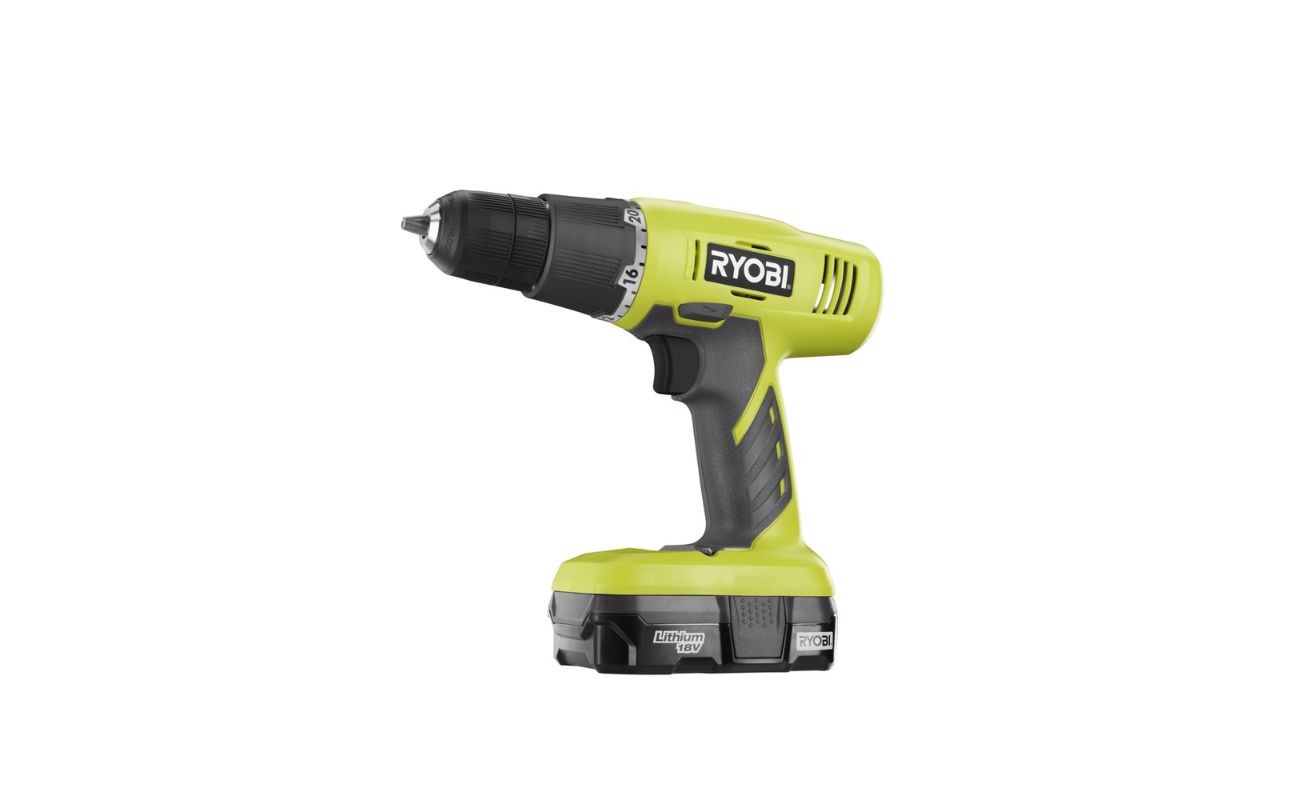
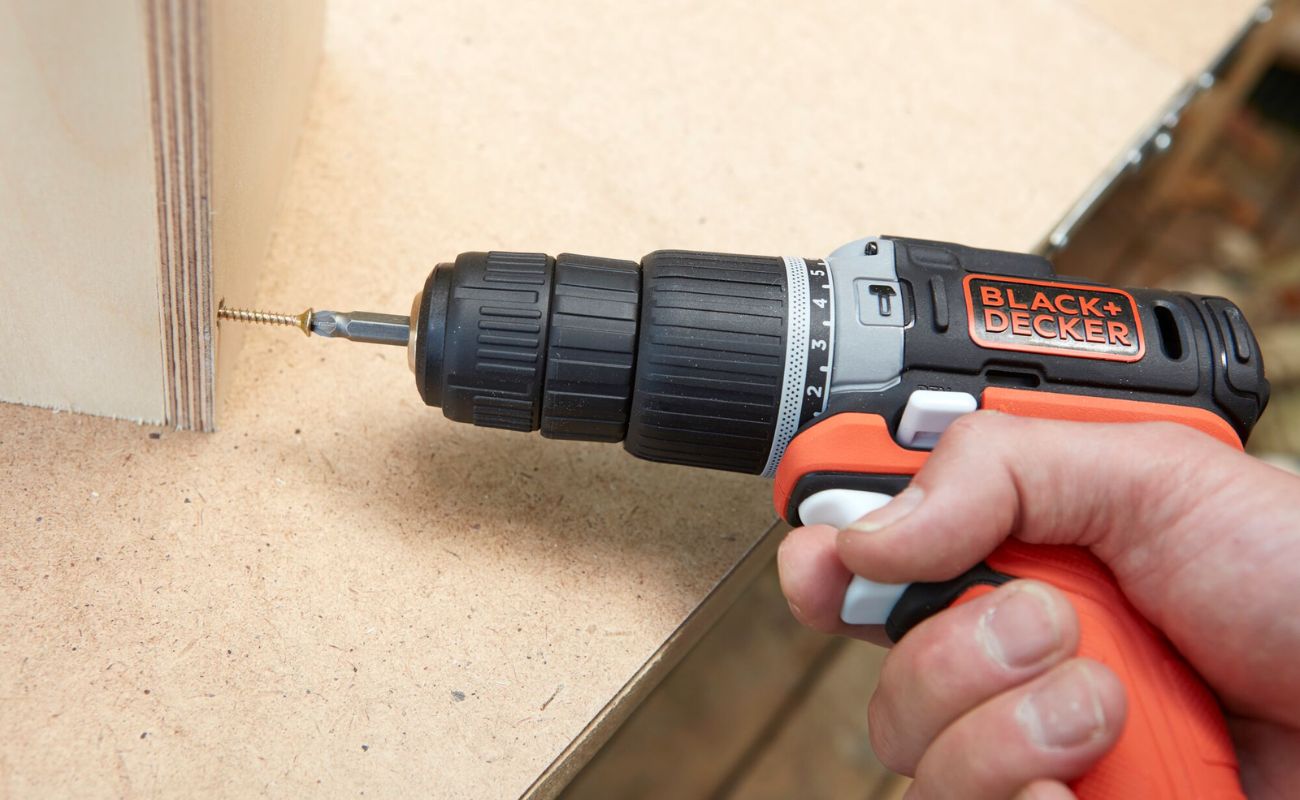
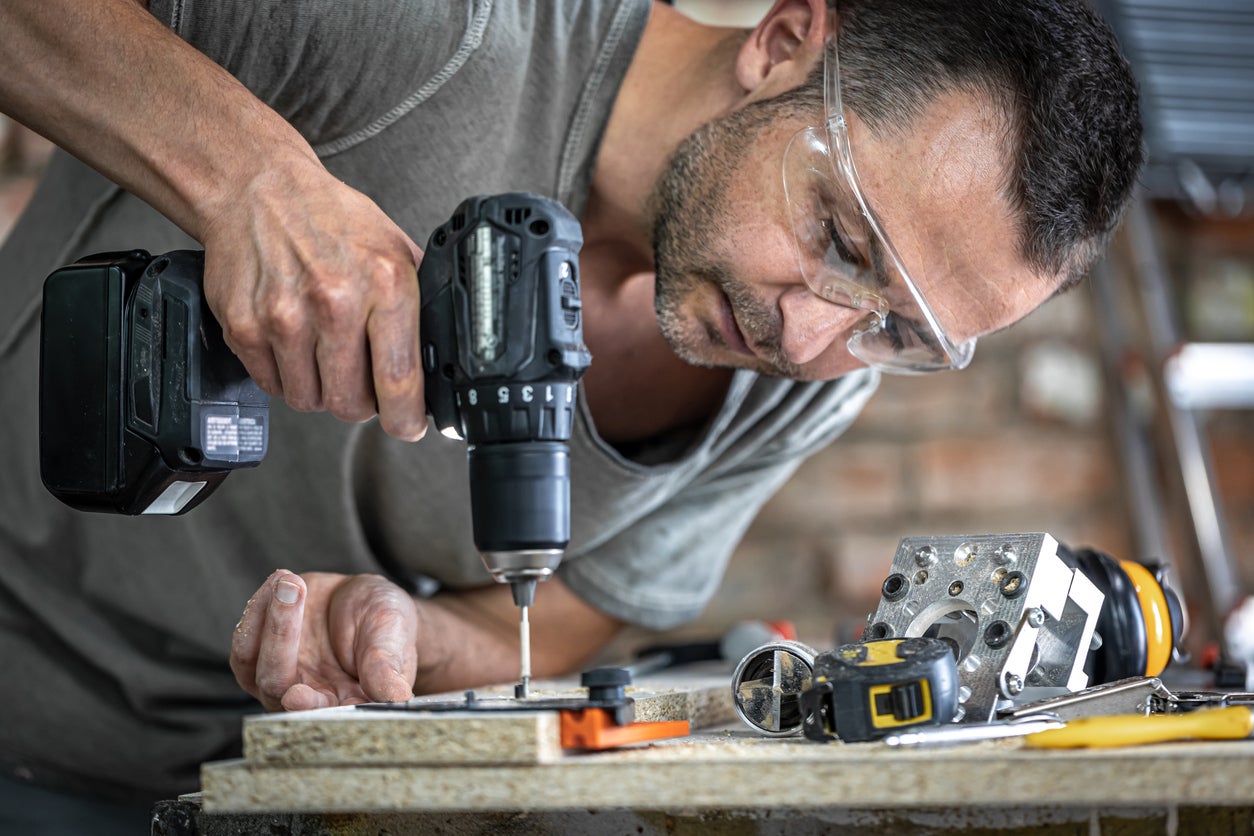
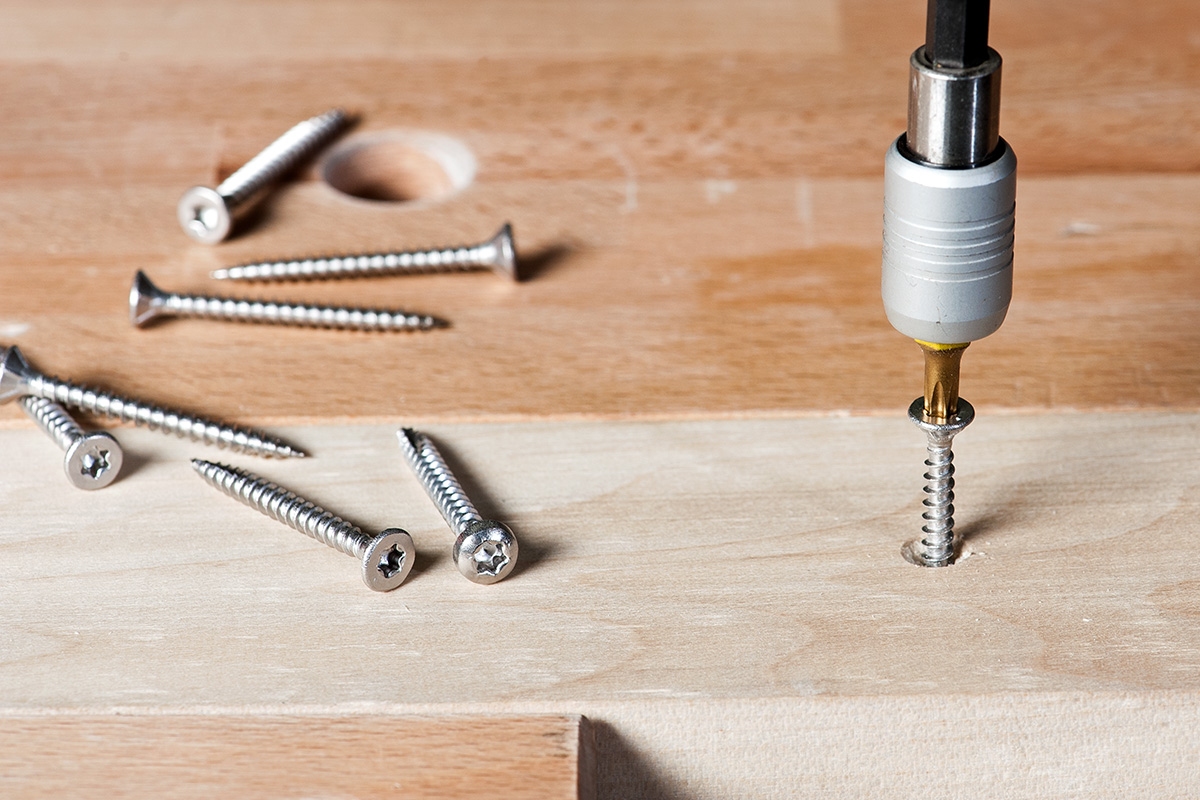
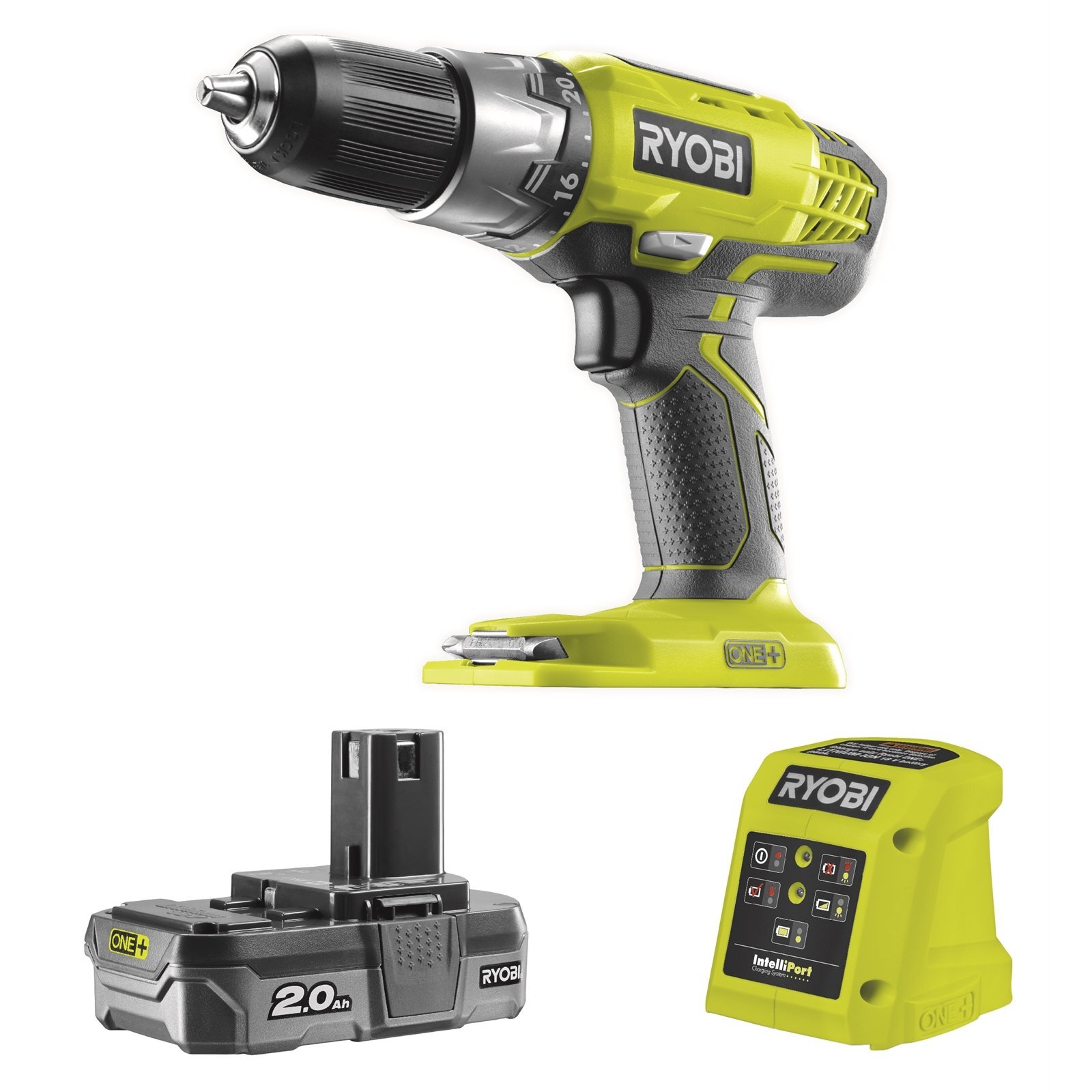
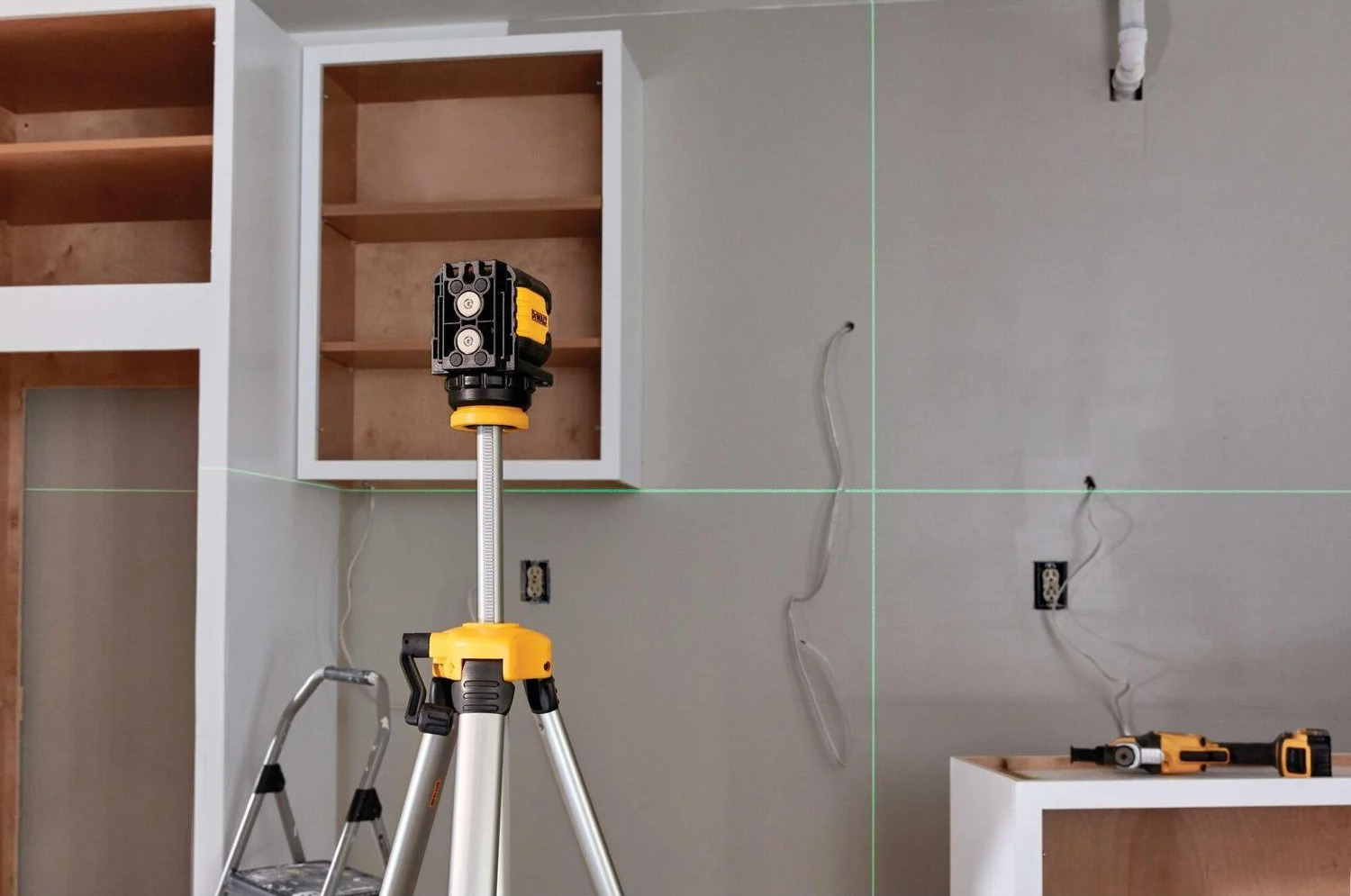
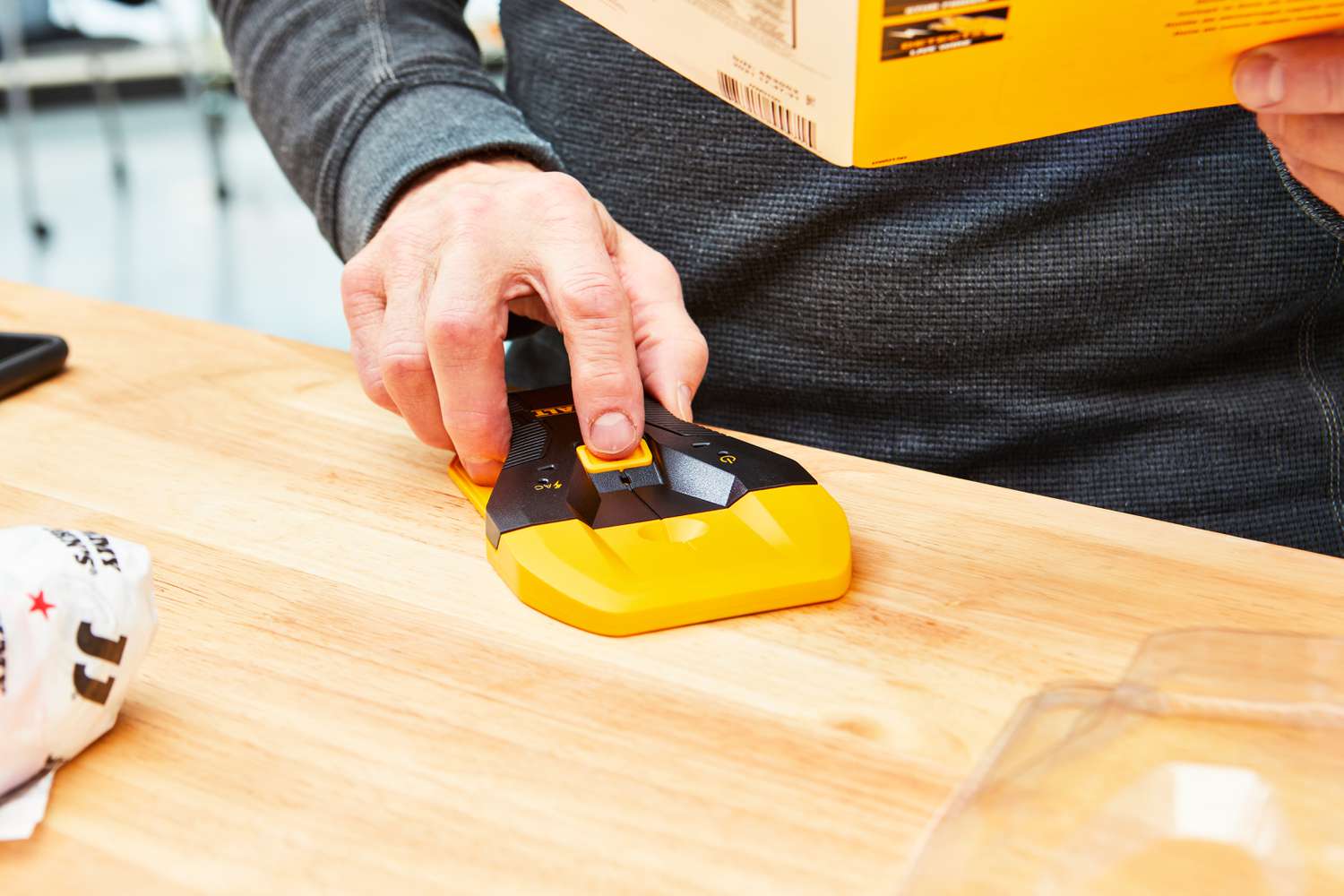
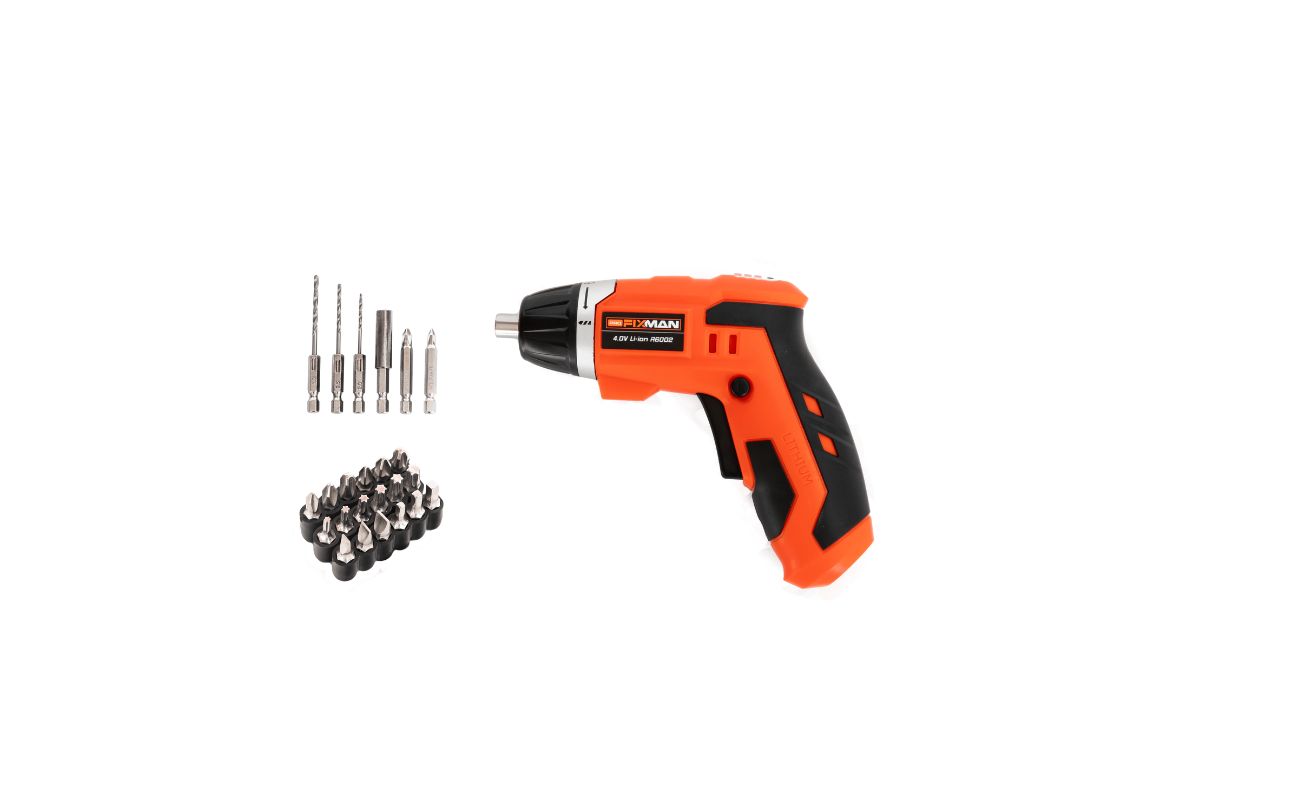
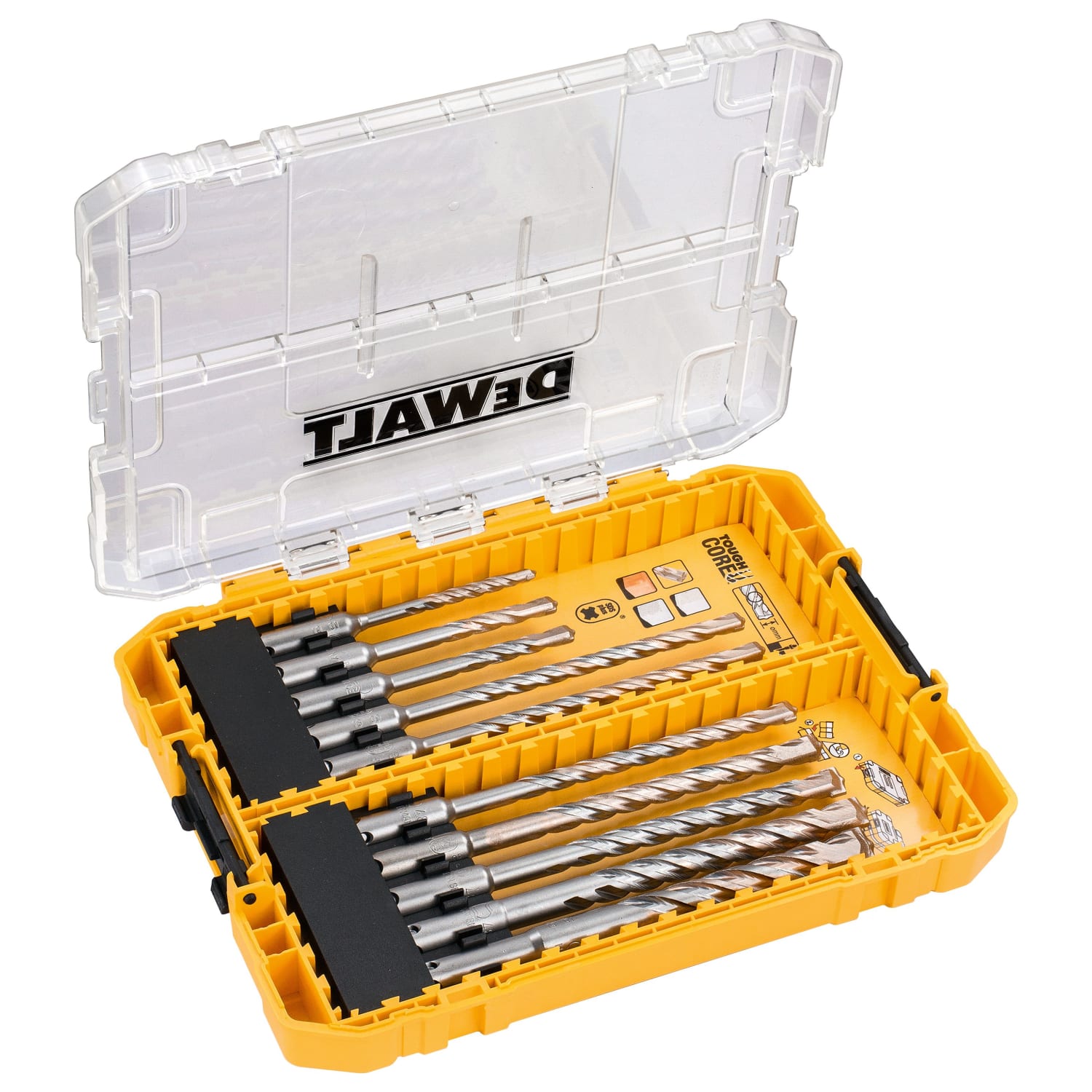
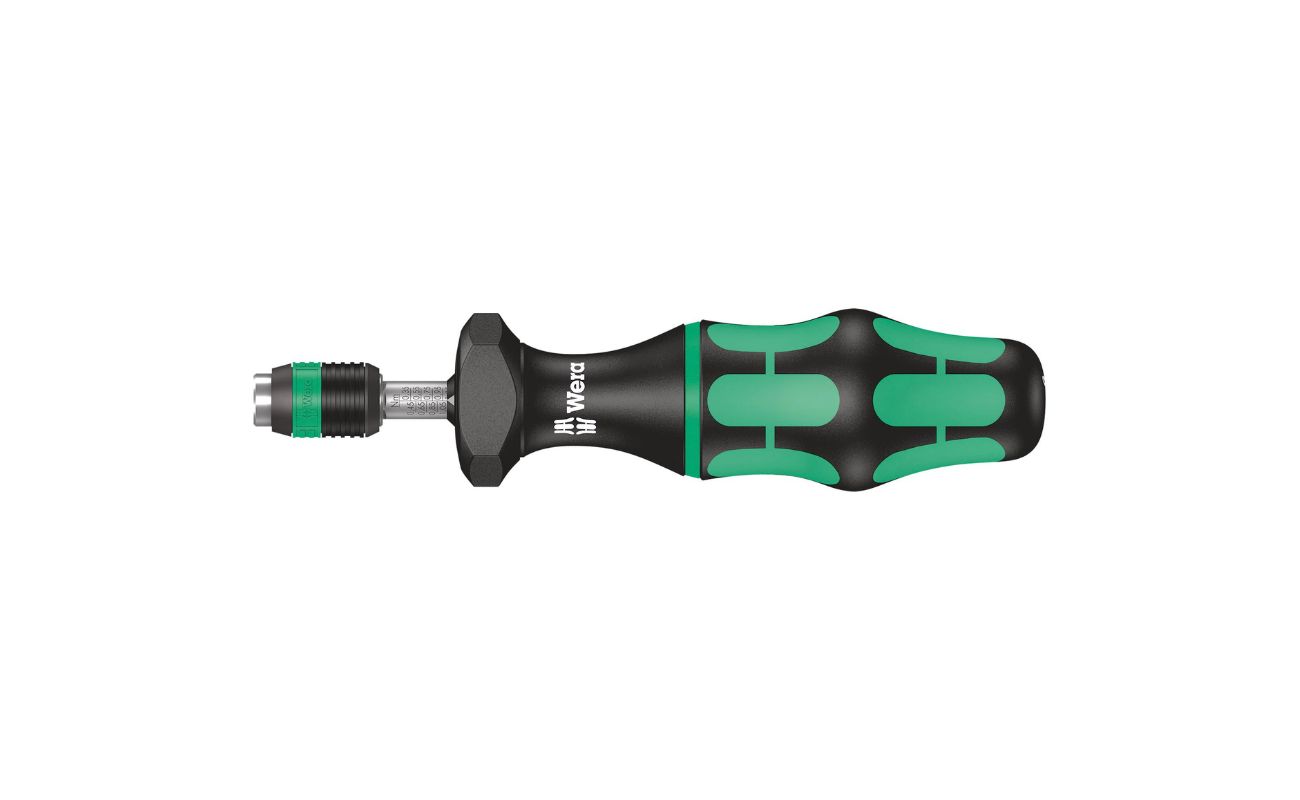
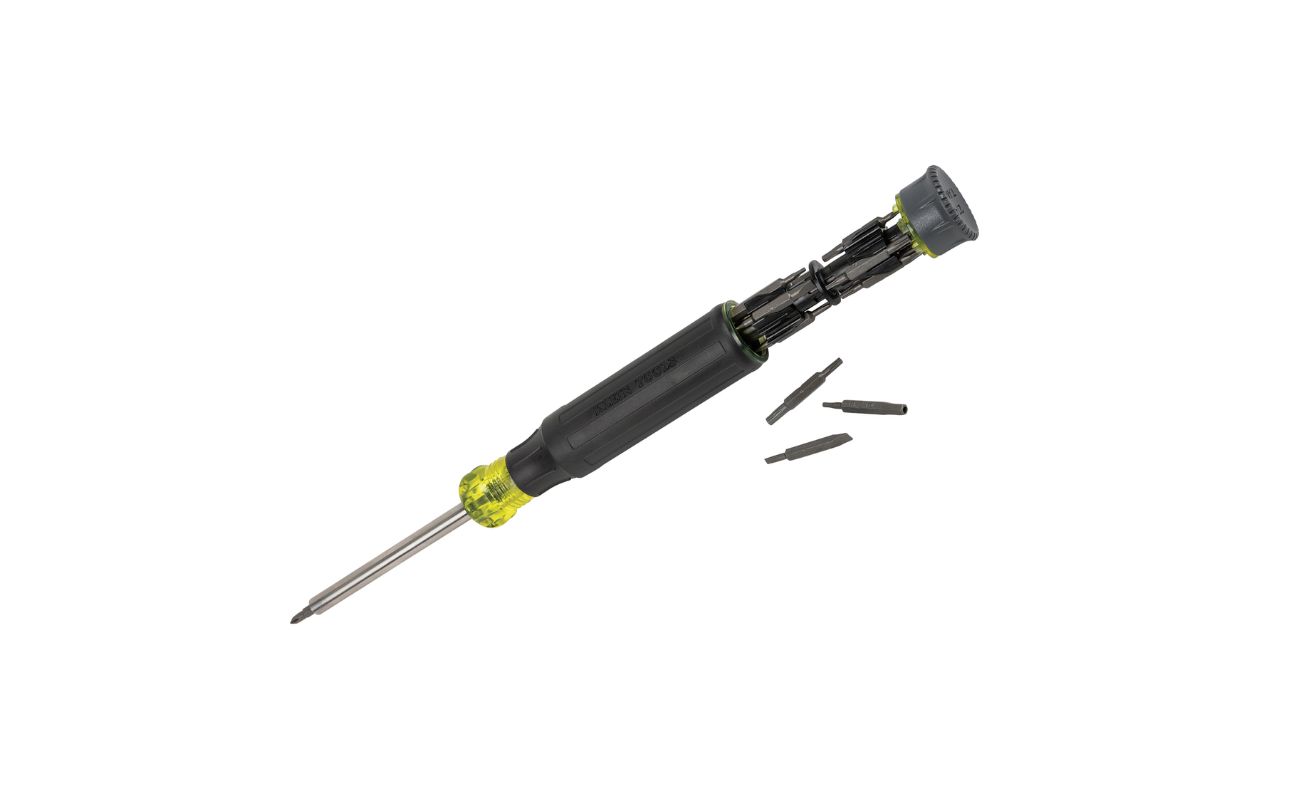
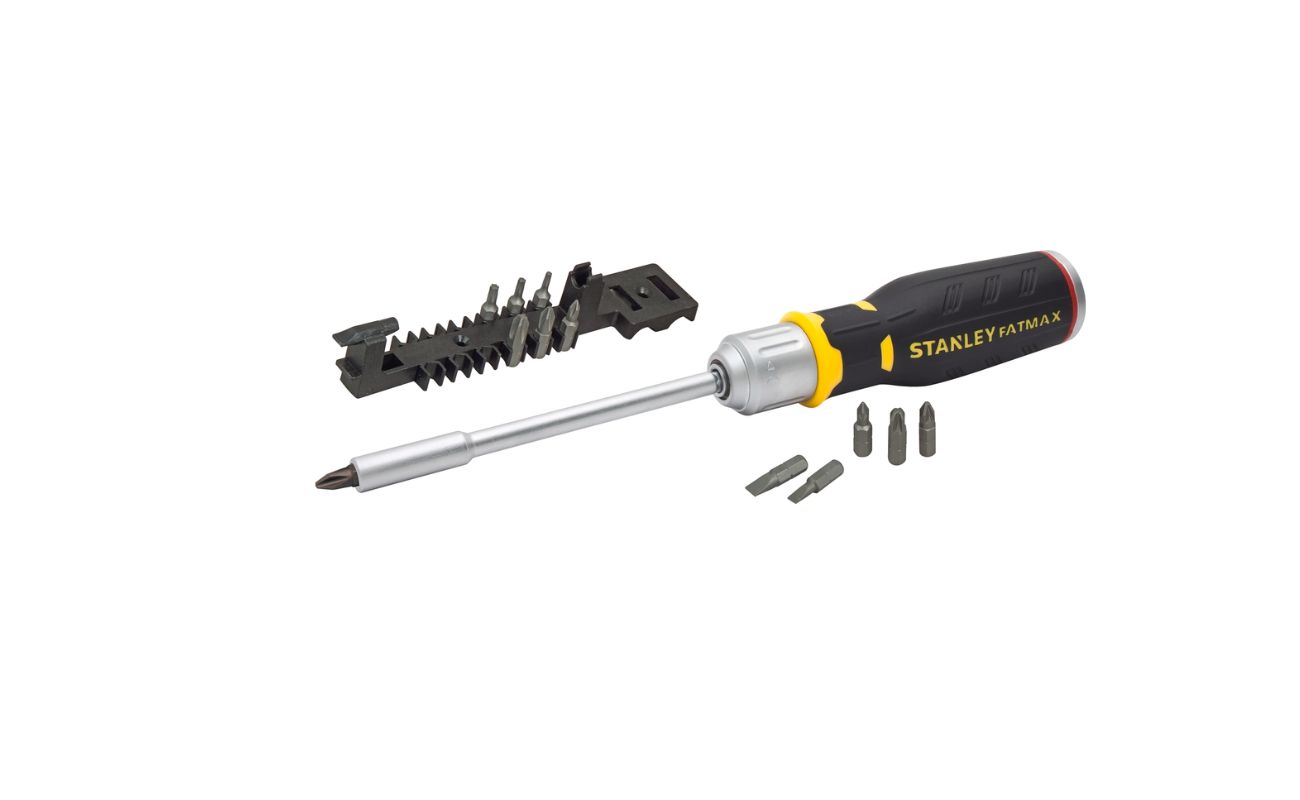
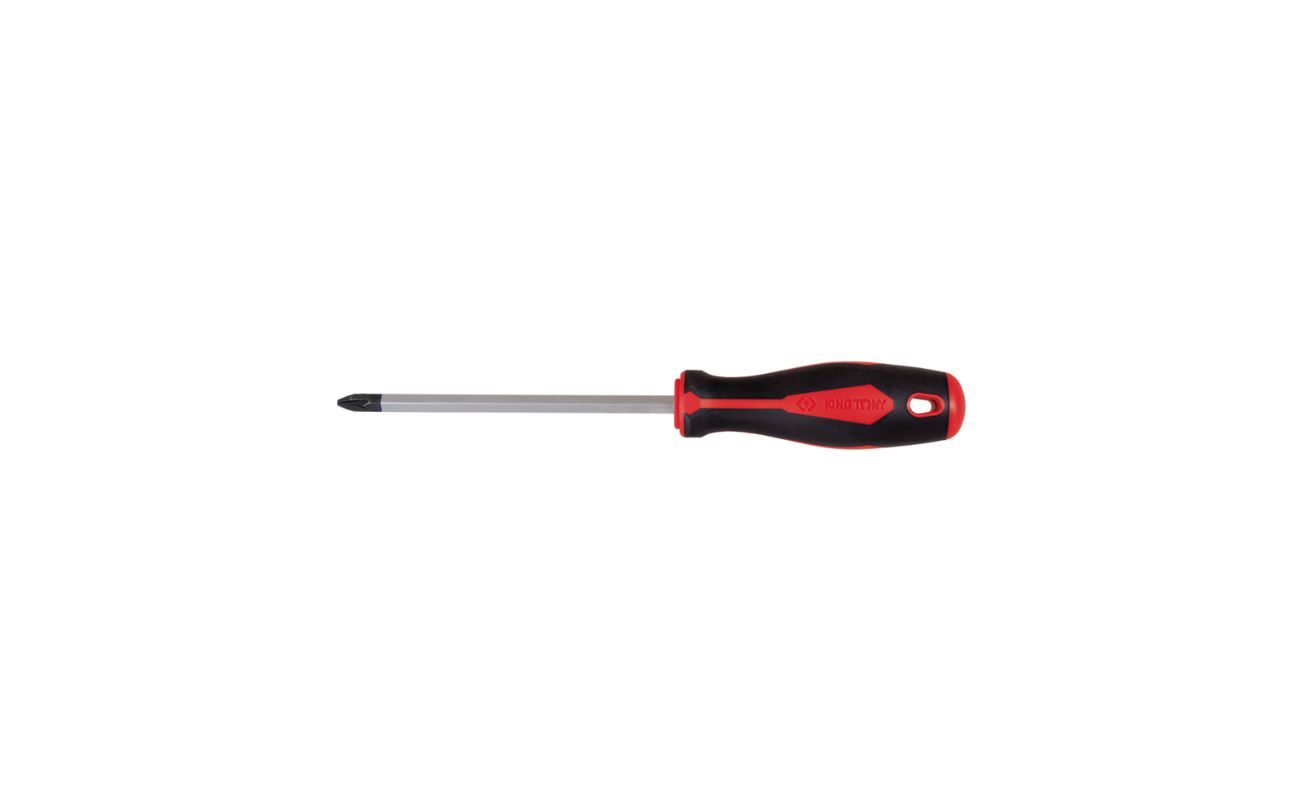
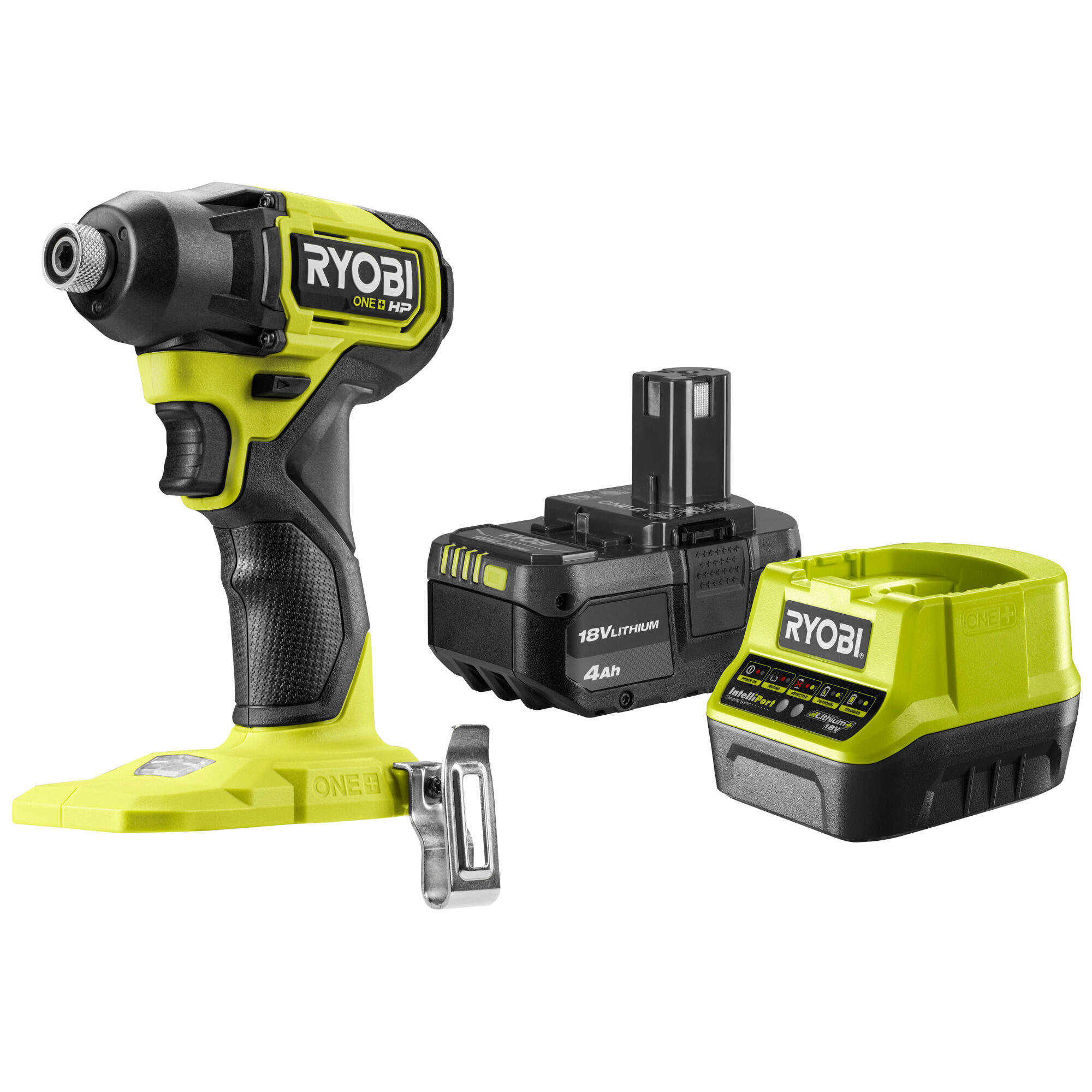
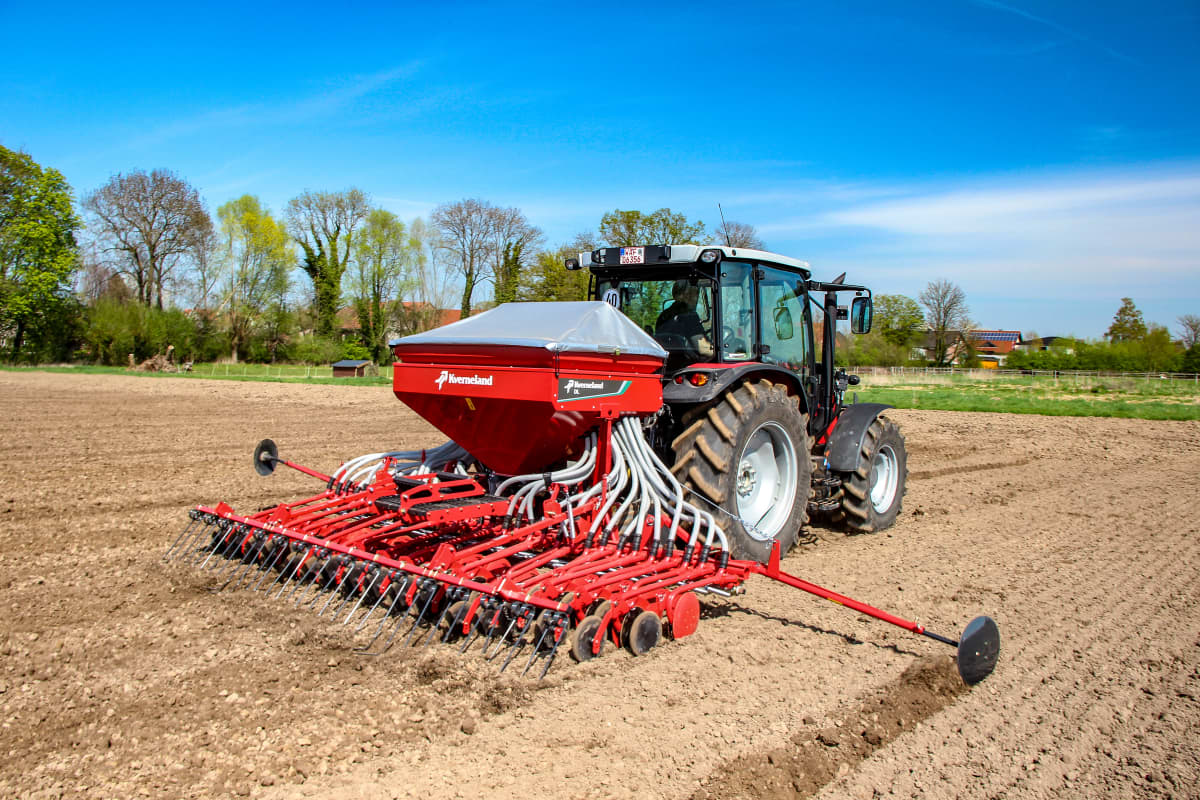

0 thoughts on “How To Use A Dewalt Drill As A Screwdriver”